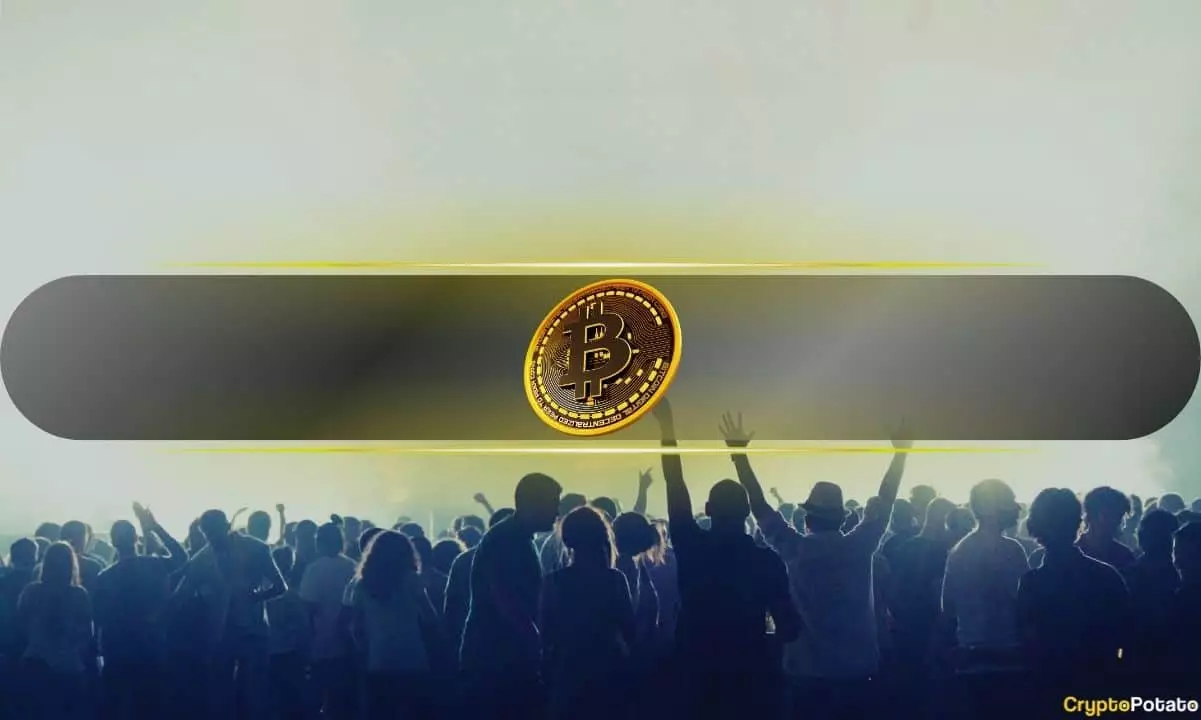Bitcoin has experienced a tremendous price run-up in recent months, jumping from under $20,000 to over $50,000 since June 2023. This surge was primarily fueled by the anticipation and subsequent approval of nearly a dozen spot Bitcoin ETFs in the United States. Despite this significant increase in price, it seems that retail traders have not yet joined the party. The question arises as to whether the entry of retail traders into the market could trigger another surge in the asset’s price in the coming months.
Data from Google Trends provides insights into the behavior of retail investors when it comes to investment options. Retail investors often tend to search for assets that are trending and seeing a lot of hype. This phenomenon, known as FOMO (fear of missing out), leads them to enter the market during periods of high demand. The cryptocurrency market is particularly prone to such sentiment shifts, as it can quickly become overheated when retail investor interest spikes. Subsequently, this can drive prices higher before a necessary correction occurs, and the market cools off.
Looking back at previous market cycles, such as the boom in 2021, retail investors were actively participating, with optimistic predictions circulating on social media platforms like Twitter. However, reality struck as Bitcoin’s value plummeted, causing many retail investors to exit the market. Fast forward to June 2023, when BlackRock announced its plans to launch a spot Bitcoin ETF. This news caught the attention of institutional investors, shifting the overall sentiment from skepticism to optimism regarding the potential approval of a Bitcoin ETF by the SEC. The growing hype surrounding this development led to further price increases, with Bitcoin surpassing $40,000 by early January.
Despite the approval of 11 spot Bitcoin ETFs and subsequent price surges, there seems to be a missing piece in the puzzle – retail traders. While institutions and large investors are making significant purchases of Bitcoin, reports suggest that smaller holders, often referred to as sharks and shrimps, have been selling their Bitcoin holdings. Google Trends data also reflects a lack of retail investor interest, as searches for Bitcoin have not reached the levels seen during previous market cycles, including the boom in 2017 and the bull run in 2021. This disparity indicates that retail investors have not yet fully embraced Bitcoin, despite its substantial price growth over the past year.
However, the upcoming halving event could potentially change this dynamic. Historically, Bitcoin has experienced significant price appreciation following each halving. As the supply of new coins entering the market decreases, scarcity increases, often leading to higher demand and price spikes. If retail traders begin to take notice of this trend and enter the market in anticipation of the halving, it could drive another surge in Bitcoin’s price in the near future.
While Bitcoin has seen remarkable price growth driven by institutional interest and the approval of spot Bitcoin ETFs, the absence of retail traders in the market raises questions about the sustainability of this rally. The entry of retail investors, fueled by FOMO and awareness of the upcoming halving, could be the catalyst for the next phase of price escalation in the cryptocurrency market. It remains to be seen whether retail traders will seize this opportunity and contribute to Bitcoin’s future growth.

